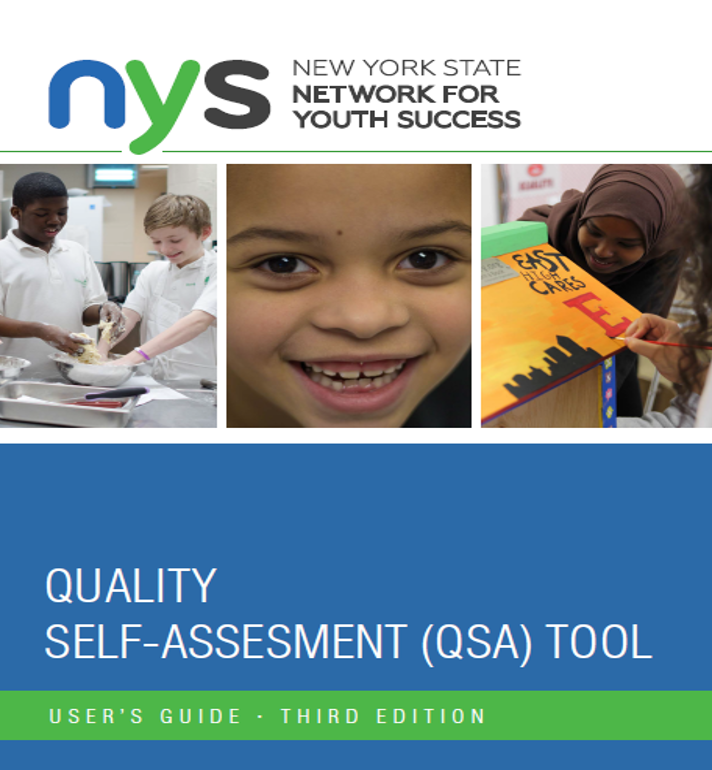Hosting Focus Groups
All stakeholders, including program participants, site directors or staff, principals, parents, or other interested stakeholders, are a crucial part of your afterschool program’s self-assessment. Each stakeholder brings a unique perspective about their experience with program activities and operations. That’s why your self-assessment team will discuss the results together – to give each stakeholder an opportunity to share how and why they rated the program on each indicator based on performance levels 1 – 4. This is called a focus group.
While everyone should rate the program based on their own experience, it is important for the self-assessment team to share similar ideas about the meanings of the performance levels and indicators. The following information should be reviewed by the self-assessment team prior to beginning the process.
Organizations are expected to strive for a satisfactory performance level (3) on all of the quality indicators within each of the ten elements of program quality. Over time, programs should continue to strive for an excellent performance level (4). At this level of performance, organizations consistently show evidence of promising practices throughout all program elements, serve as a model for other afterschool programs, and develop and support staff such that they could serve as coaches and mentors for other practitioners.
While it is important to realize the value of everyone’s unique perspective, it is also important to calibrate your self-assessment team. Though the difference between a 3 and 4 may be subtle, it is important for everyone to start with the same understanding of what each quality indicator might look like at performance levels 1 – 4. This is why detailed examples of what quality indicators might look like at each performance level have been provided for every element. You can find these for each element on the element’s page, or you can download a complete copy here.
It is recommended to have each stakeholder take the self-assessment and turn in results prior to the in-person focus group meeting. This way, the facilitator can share results of the self-assessment with the group. Again, focus group meetings can consist of representatives from multiple groups of stakeholders, or they may just include one stakeholder group. If you host focus groups for an individual stakeholder group, multiple focus groups must be held to get feedback from all stakeholders. Feedback from all stakeholders should then be gathered by the facilitator, who may share the information from all groups with the self-assessment leader or with the staff. Use your best judgement in putting together your groups taking into consideration and sensitive issues that may be discussed and the level of comfort that individuals will have in the group, feasibility of getting the whole group together at specific times, and which stakeholders have experience in your focus area to be able to provide valuable feedback.
Begin the focus group meeting by reviewing the goals of the self-assessment process and steps that have been taken so far. Consider including ice-breaker activities at the beginning to get the group comfortable interacting with each other.
Review results from the self-assessment. Where was there agreement? Where were there discrepancies? Focus discussion around areas of discrepancy to determine why different people or groups may have rated the same indicator at a different level. This may be due to different experiences with the same subject, or due to different knowledge about what the program does in specific areas. The goal of the discussion is to create consensus around a single performance level rating for each indicator. Do not average ratings. Discussion around discrepancies can often be the most helpful way to determine what needs to be changed to improve quality. Keep in mind that consensus means that you come to an answer that everyone in the group can live with – it doesn’t mean that absolutely everyone is in 100% agreement.
Back to The Self-Assessment Process.



